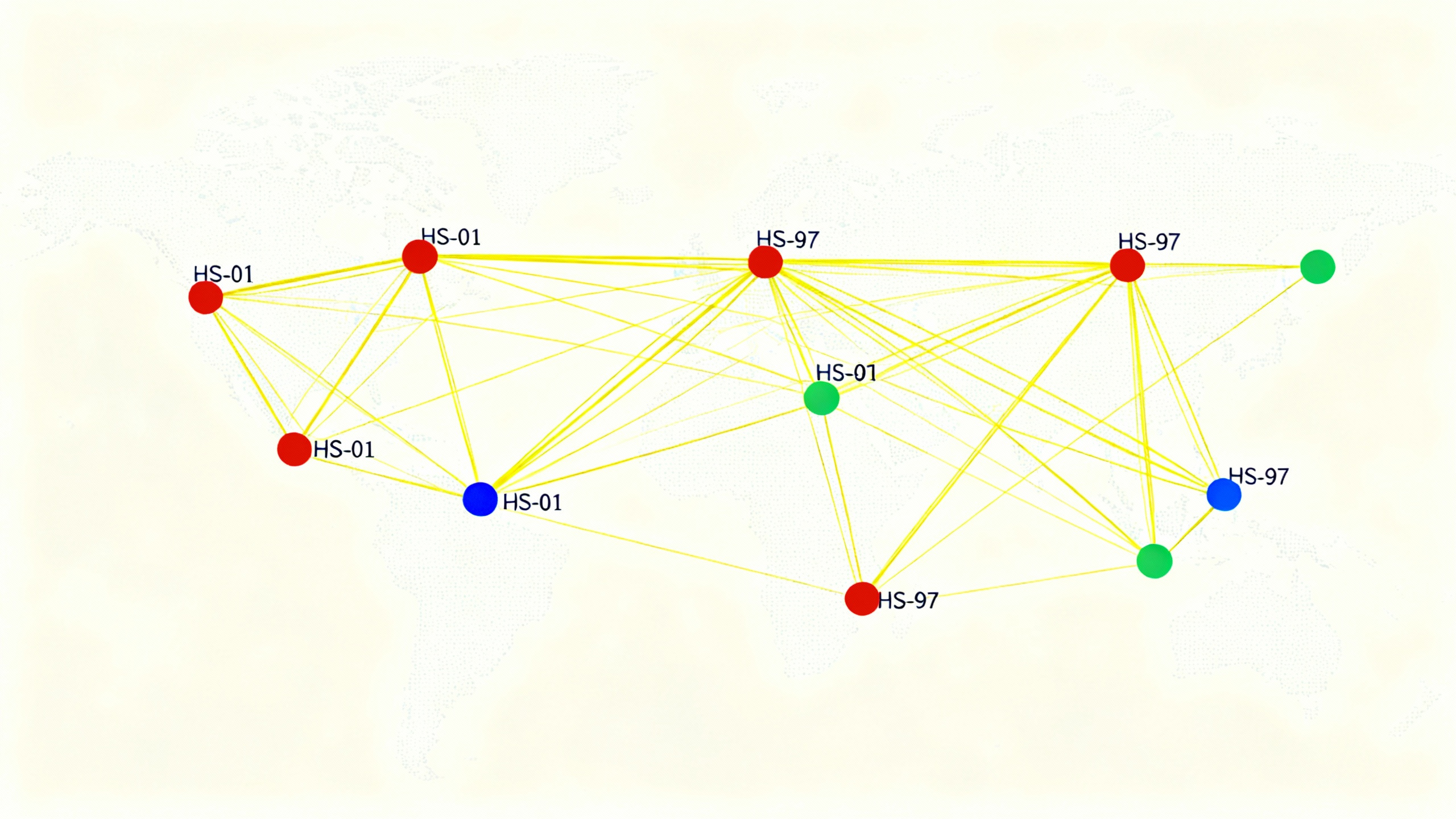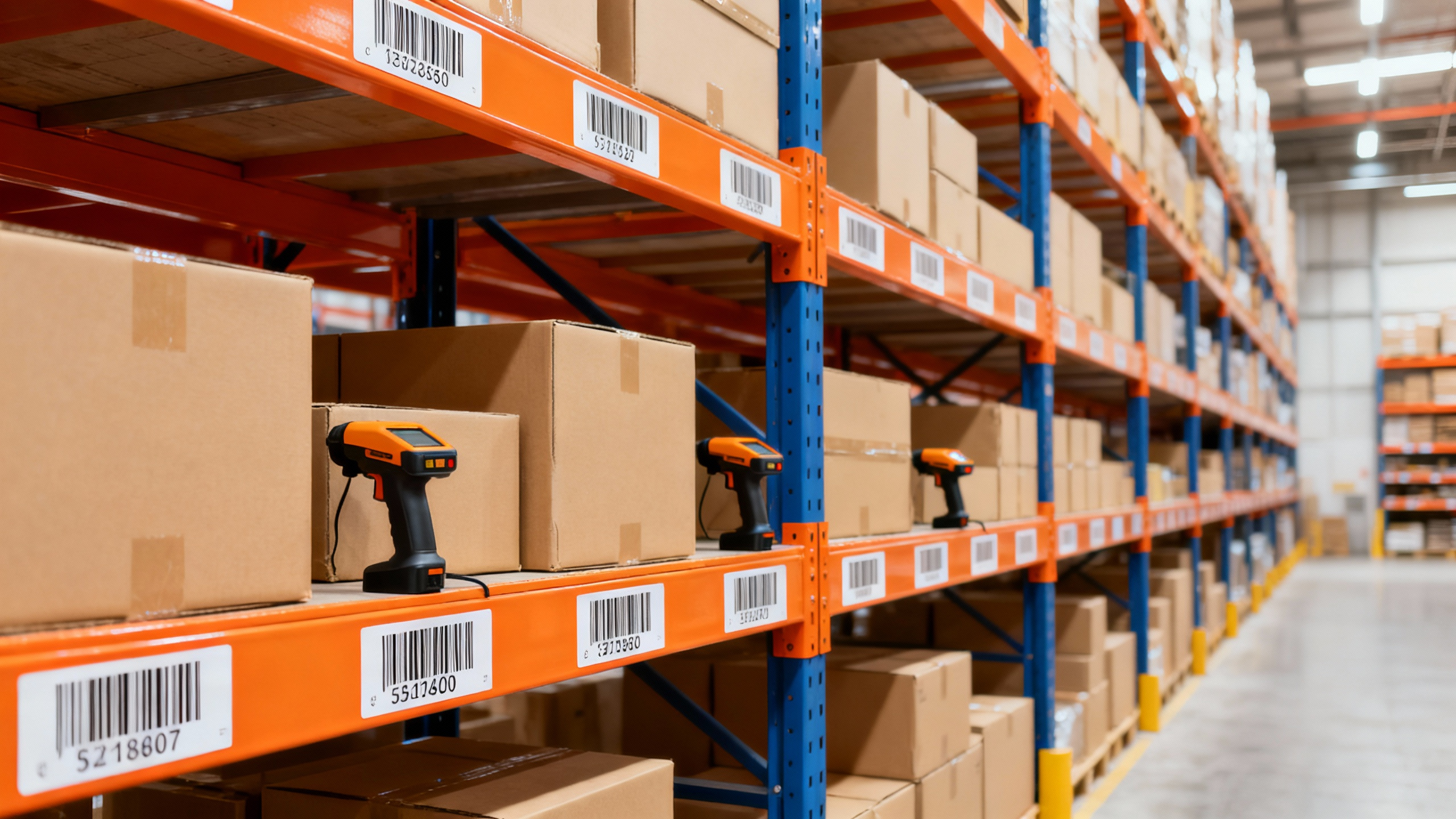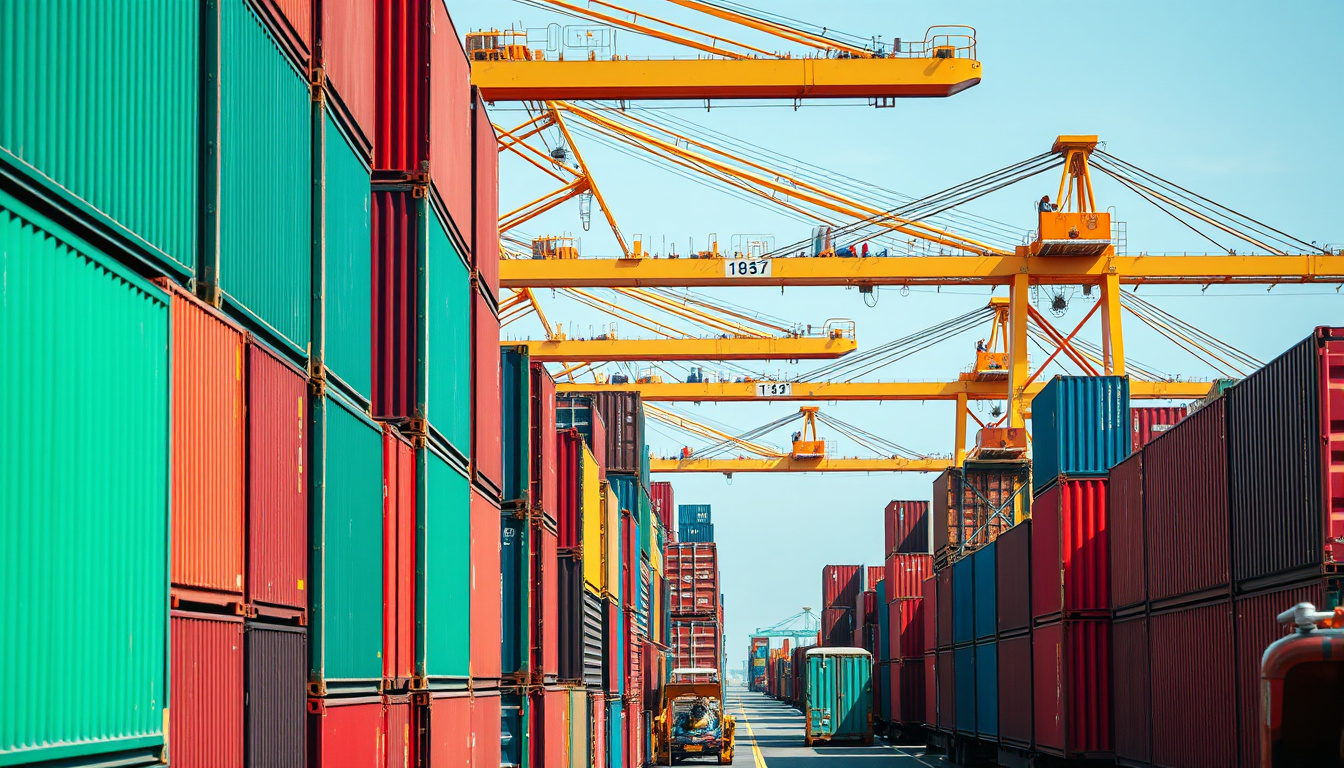When engaging in international trade within or with the European Union, understanding the Taric code is essential. This alphanumeric code plays a pivotal role in determining customs duties, import restrictions, and product classifications. By mastering the Taric code system, businesses and individuals can unlock significant benefits such as tariff reductions and streamlined customs procedures. This article will provide a comprehensive guide to the Taric code, explaining its purpose, structure, and how to use it effectively to maximize your EU customs duty benefits.
What Is a Taric Code?
The Taric code (short for “Integrated Tariff of the European Communities”) is a tool developed by the European Union to classify goods in international trade. It extends the Harmonized System (HS) codes, which are internationally recognized codes for products, by adding additional digits to reflect EU-specific regulations, tariffs, and trade measures.
The Taric code serves multiple functions including:
- Determining the tariff rate for a particular product entering the EU
- Identifying any trade restrictions or prohibitions applying to the product
- Applying safeguards, antidumping duties, or import quotas where relevant
Using the correct Taric code is mandatory when declaring goods at customs and can mean the difference between paying the correct duties or facing fines and delays.
Structure of the Taric Code: Understanding the Digits
The Taric code is usually an 10-digit code. Here is a breakdown:
- First 6 digits: Correspond to the international Harmonized System (HS) code which identifies the basic product type.
- Next 2 digits: Represent the Combined Nomenclature (CN) subdivision, providing further detail specific to the EU.
- Last 2 digits: Detail additional EU-specific measures, such as duties, quotas, or statistical subdivisions.
For example, the Taric code "1006301000" might refer specifically to a certain type of rice and include associated taxes or restrictions applying to it in the EU market.
Why Is the Taric Code Important?
The significance of the Taric code cannot be overstated for companies that import or export goods in the EU:
- Accurate Duty Assessment: Customs duties depend on the Taric code. Using the right code ensures you are not overpaying or underpaying duties.
- Compliance with Regulations: Certain products might require licenses, meet safety standards, or be subject to import bans. The Taric code highlights these requirements.
- Efficient Customs Processing: Proper classification speeds up clearance times, preventing costly delays at the border.
- Access to Preferential Trade Agreements: Taric codes help identify products eligible for reduced tariffs under EU trade agreements.
How to Find the Correct Taric Code?
Selecting the correct Taric code requires detailed knowledge of the product and applicable EU regulations. Here are practical steps for finding the appropriate Taric code:
- Describe Your Product Precisely: List the product’s composition, use, and any technical specifications.
- Use Online Taric Databases: The EU offers an official Taric database where you can search by product description or existing HS codes.
- Consult Classification Tools: Services like Classifast.com provide instant classification and category searches for customs codes including Taric, UNSPSC, NAICS, and more. This saves time and increases accuracy.
- Seek Expert Advice: Customs brokers or trade consultants can provide professional classification services.
- Verify with EU Customs Authorities: If uncertain, a formal binding Taric information (BTI) decision can be requested from the customs authorities.
Benefits of Using the Taric Code Correctly
Mastering the Taric code not only ensures compliance but also provides tangible advantages for your business, such as:
- Cost Savings: Correct classification may reduce tariff rates or allow you to benefit from preferential tariffs.
- Risk Reduction: Avoid fines, penalties, or shipment seizures caused by incorrect product classification.
- Enhanced Supply Chain Efficiency: Faster customs clearance leads to smoother logistics and improved customer satisfaction.
- Improved Trade Analytics: Using Taric codes in your reporting helps better analyze import/export patterns and make informed decisions.
Common Challenges with Taric Codes
Though vital, Taric codes can be complex due to continuous updates, variations in product descriptions, and exceptions. Some challenges include:
- Interpreting products with multiple components or functions
- Keeping up with changes in EU trade policies impacting classifications
- Navigating special measures like anti-dumping duties or quotas
- Matching product descriptions with technical terminology in customs databases
Fortunately, technology and expert resources like Classifast.com mitigate these challenges by offering quick, reliable classification solutions to keep you current.
Using Classifast for Instant Taric Code Classification
One efficient approach to simplifying Taric code classification is employing services like Classifast.com. This platform offers:
- Instant Classification: Get accurate Taric codes from any text description of your product.
- Multi-standard Support: Besides Taric, it includes UNSPSC, NAICS, ISIC, ETIM codes for comprehensive classification needs.
- Time Savings: No need to manually search complex customs databases.
- Accuracy Assurance: Minimizes human errors in product classification, helping customs declarations.
Utilizing Classifast not only reduces classification time but also enhances accuracy, ensuring compliance and optimized customs duty payments.
FAQ About Taric Codes and Related Customs Duty Benefits
Q1: How does a Taric code differ from an HS code?
A: The Taric code builds upon the international HS code by adding EU-specific digits that cover additional tariffs, regulations, or trade measures. While HS codes are standardized globally, Taric codes are tailored for the EU’s customs system.
Q2: Can I use a Taric code to find out if my product benefits from EU trade agreements?
A: Yes, Taric codes indicate tariff rates and can highlight eligibility for preferential treatment under EU trade agreements, helping you reduce customs duties.
Q3: What happens if I declare the wrong Taric code for my goods?
A: Incorrect codes can lead to underpayment or overpayment of duties, customs delays, penalties, or even seizure of the shipment. Accurate classification is critical to avoid these risks.
Authoritative Source
For an official and comprehensive overview of the Taric system and EU customs procedures, consult the European Commission’s Taxation and Customs Union website, which provides the latest updates and detailed guidance on Taric codes and classifications (source: European Commission – Taric).
Conclusion: Embrace the Power of the Taric Code Today
Understanding the Taric code is a key step to unlocking significant benefits when trading with the European Union. Accurate classification ensures you pay the correct customs duties, comply with regulations, and enjoy faster, hassle-free customs processing. To simplify your classification tasks and avoid costly mistakes, leverage tools like Classifast.com, which provide instantaneous and reliable Taric code identification tailored to your product descriptions.
Don’t let customs complexities slow down your business. Take control of your trade operations by mastering the Taric code and reap the advantages of EU customs duty benefits easily. Explore resources, seek expert advice, and use smart classification tools now to maximize your trade efficiency and savings!
















